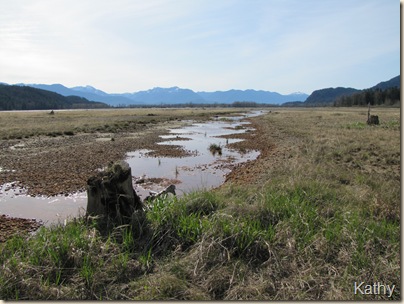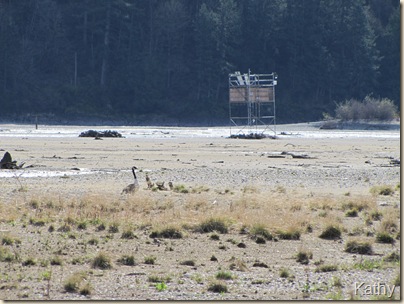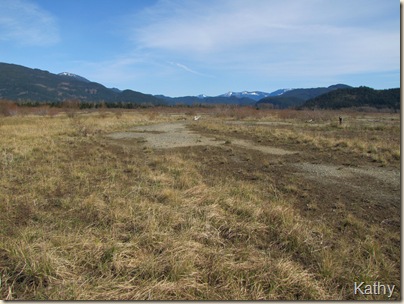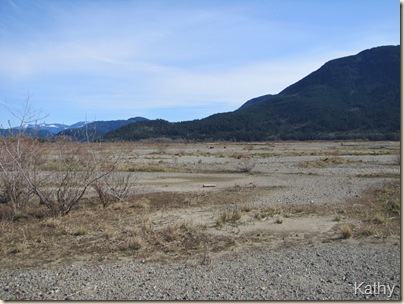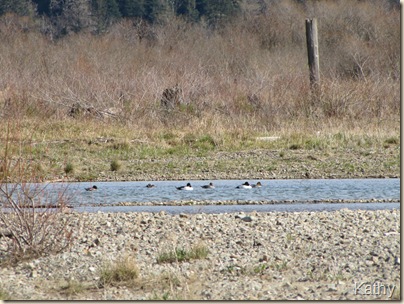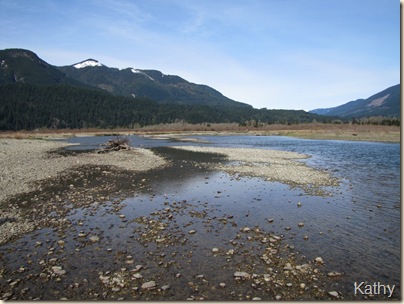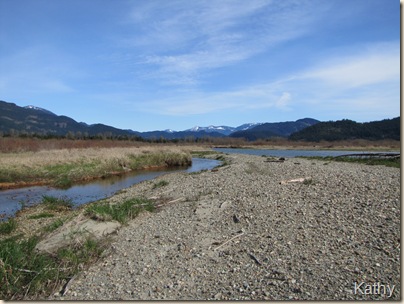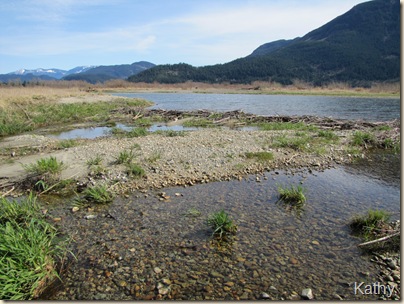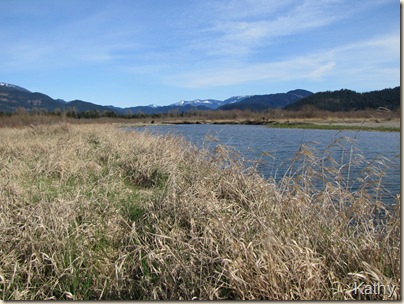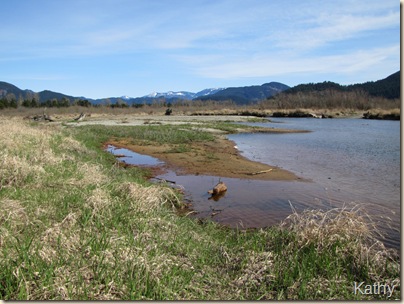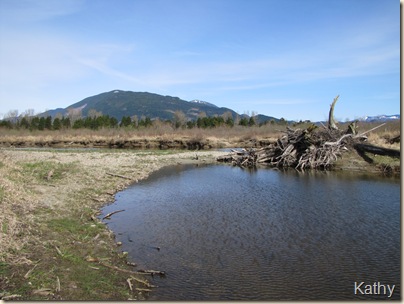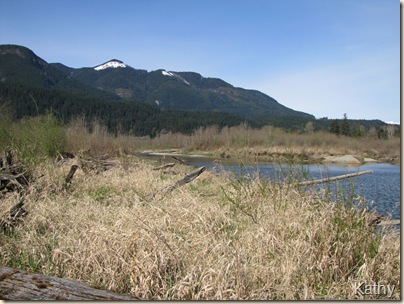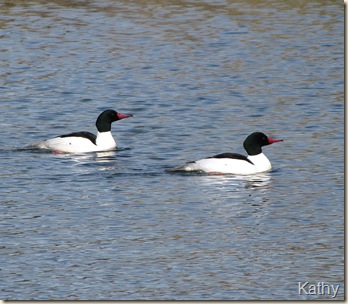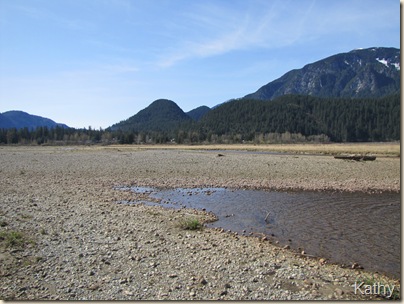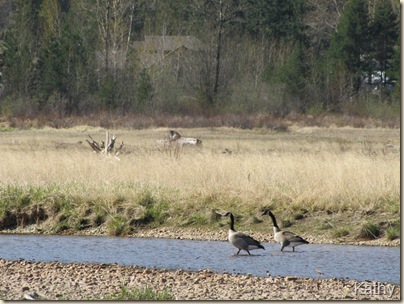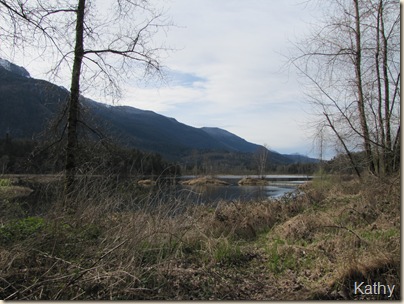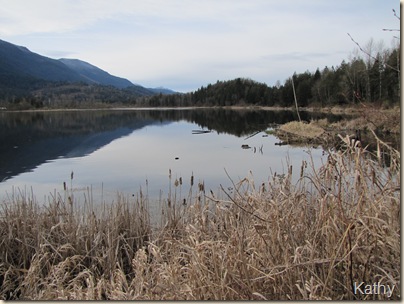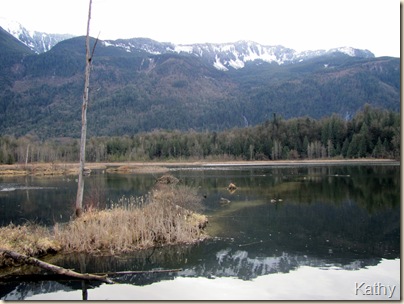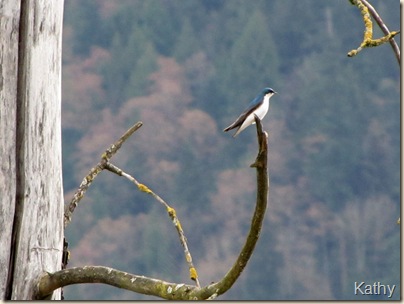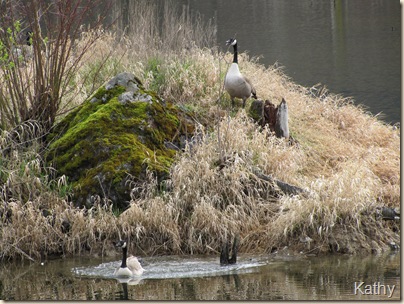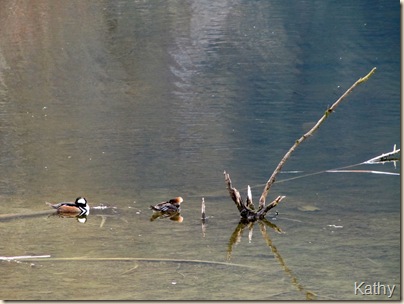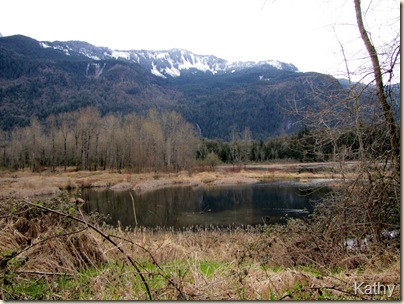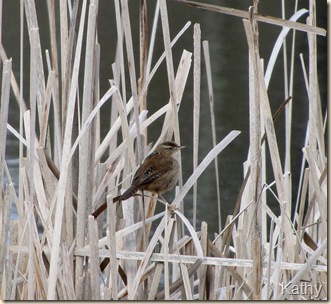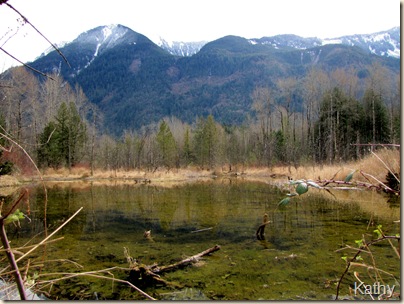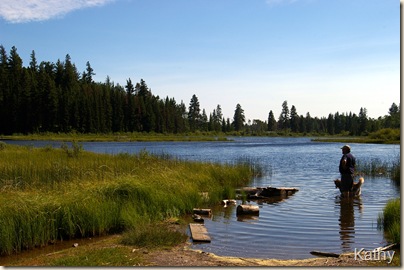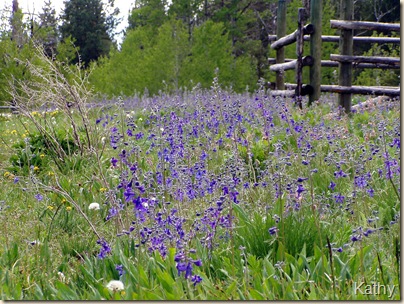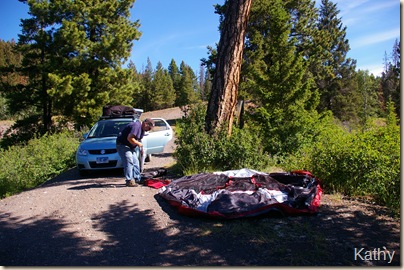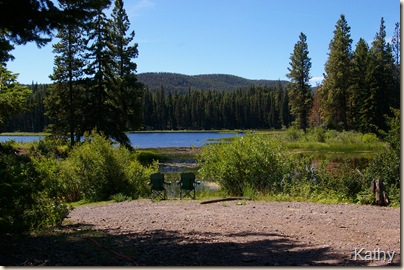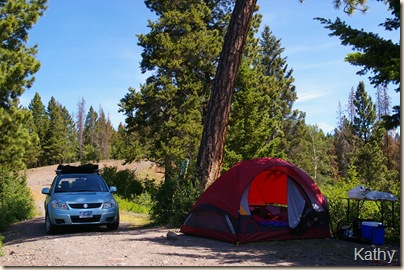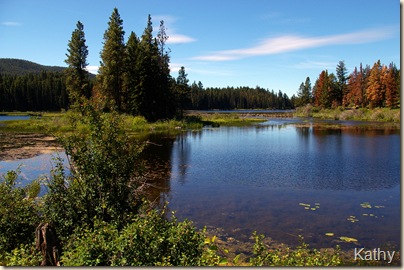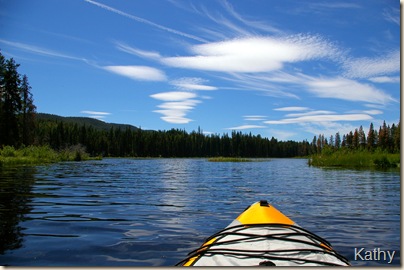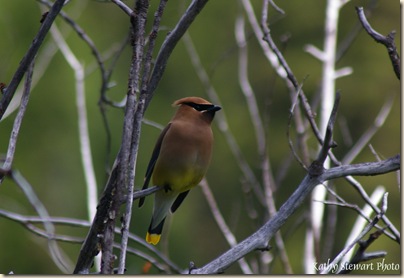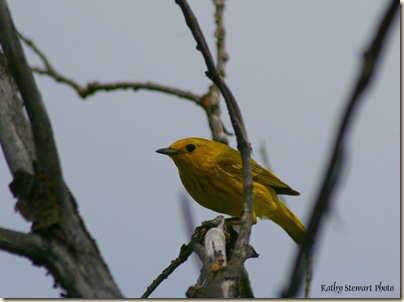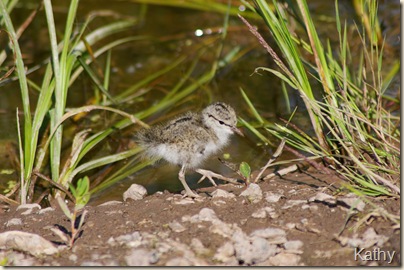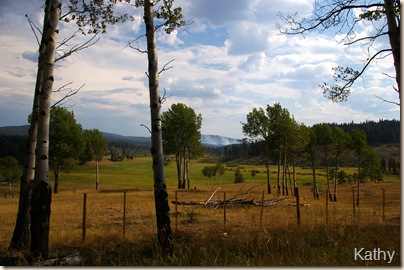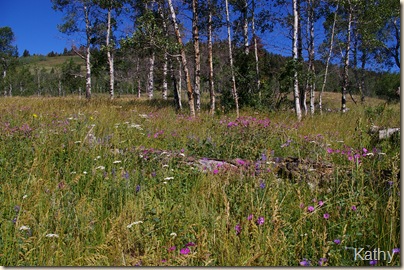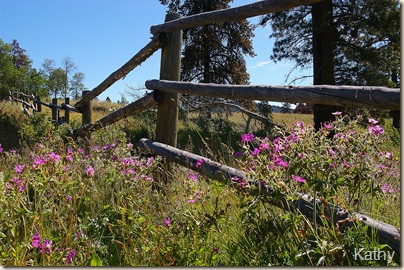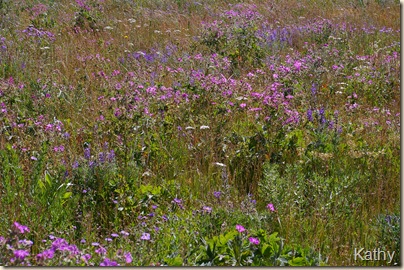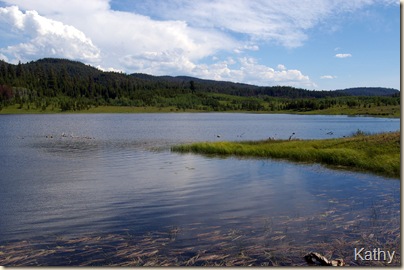Throughout the world there are internationally recognized ‘Important Bird Areas’ – you can look them up on the web under that name. One of these areas is the Chehalis Estuary, otherwise known as IBA B.C. 033. I am fortunate to live on property that abuts this IBA. and am, in fact, a volunteer ‘caretaker’ of the area. This role necessitates occasionally venturing out right onto the estuary, just to ‘check things out’. Last Friday was one of these forays.
this time of the year the gravel flats of the estuary are exposed – in fact, right now the water levels are as low as I’ve ever seen and the gravel bars extend almost to the Harrison Bridge way off in the distance to the south.
Sometimes, in this gravel with sparse vegetation habitat we find species like Horned Larks, Killdeer, and American Pipit. This trip all we found were a few pairs of Canada Geese. That ‘tower’, erected by Hancock Wildlife Foundation holds solar panels and cameras. Check out their website for more information.
Rather than continue on eastwards, we turned northwards towards one arm of the Chehalis River. In the past, at this time of the year, Mountain Bluebirds and Western Meadowlark have been seen in this area….today only a few Tree Swallows were seen.
areas of grass and brush are interspersed with gravel beds that will be the first areas to hold water once snow melt happens and water levels start to rise.
as we approached the first main arm of the river, we spotted these Common Merganser lined up along the shore.
on the river itself were a couple of pairs of Common Goldeneye. All duck species out here are pretty spooky and don’t allow for close approach – partly due, no doubt, to the fact that duck hunting is allowed.
we now started to follow the river northward….
the course of the river changes over the years, it used to be that the main channel was on the left, now it is on the right.
Beaver dams, like this one, are one contributing factor that changes the course of flow.
thigh high grasses line the shores of the river at this point. Caution must be exercised as the grass can mask the undermined banks of the river….
we’re through the grass now and back to where you can walk along the shoreline.
This log jam has been here for many years, again, the river has changed, it used to be on the left side of this log jam, where it is all gravel now. Once, when water levels were higher to allow for canoeing, we saw a Green Heron on those logs. This visit, a Great Blue Heron flew up from the side of them. At this point the river makes as sharp left hand turn…..
around the bend now, this is where we sat to eat our lunch. There are usually a number of ducks on this stretch of the river….
Today was no exception, mostly Common Merganser like these (1 male and 3 female in photo), some Common Goldeneye and a few Mallard.
While we sat quietly eating lunch this pair of males drifted down past us affording a closer shot than can usually be managed. Common Merganser nest on this stretch of the river….come summer it is not unusual to see several females with a large raft of youngsters. Wood Ducks have also been known to nest here, although up the quieter off shoots of the river itself.
lunch over and no exciting species to be seen, it was time to head back…this shot is looking towards Eagle Point Park and the housing developments.
You can just make out some of the houses through the screen of trees in this shot of another pair of Canada Geese.
